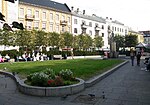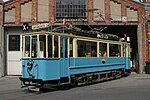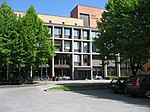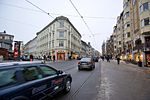Majorstuen
Commons category link is locally definedMajorstuenNeighbourhoods of Oslo
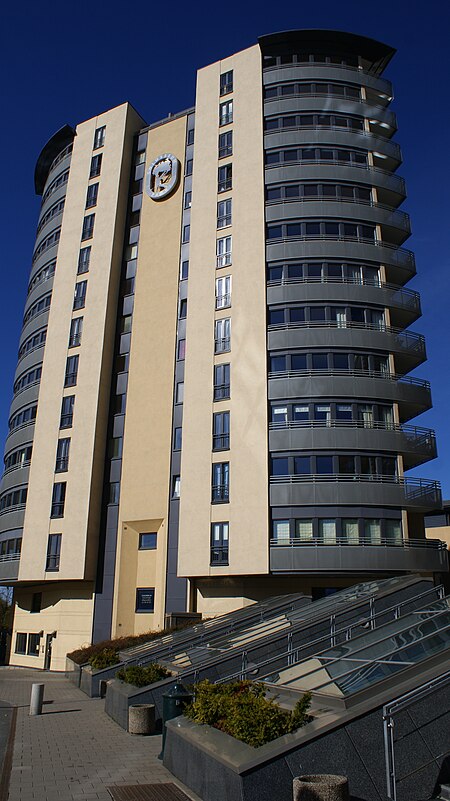
Majorstuen is a particularly affluent neighbourhood in the Frogner borough in the inner part of Oslo, Norway. Majorstuen is known for its vibrant downtown and especially its shopping area. The area has several elegant townhouses c. 1880–1890. The area is also an important public transport junction in Oslo, where all metro lines, three tram lines and five bus lines operate. It is served by Majorstuen station.
Excerpt from the Wikipedia article Majorstuen (License: CC BY-SA 3.0, Authors, Images).Majorstuen
Kirkeveien, Oslo Majorstuen
Geographical coordinates (GPS) Address Nearby Places Show on map
Geographical coordinates (GPS)
| Latitude | Longitude |
|---|---|
| N 59.929166666667 ° | E 10.716388888889 ° |
Address
DNB Majorstuen
Kirkeveien
0366 Oslo, Majorstuen
Norway
Open on Google Maps
